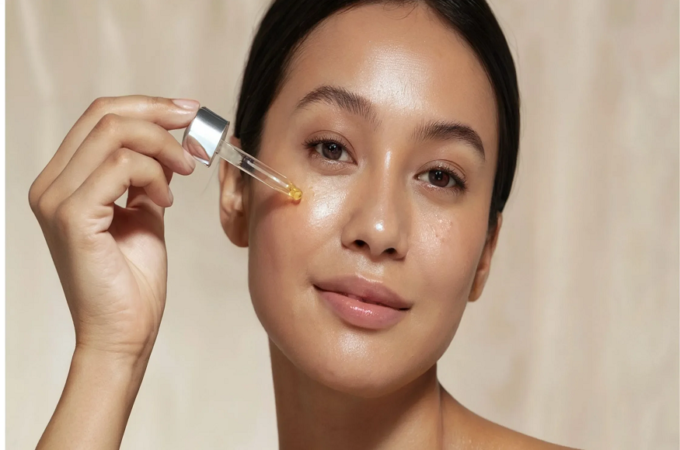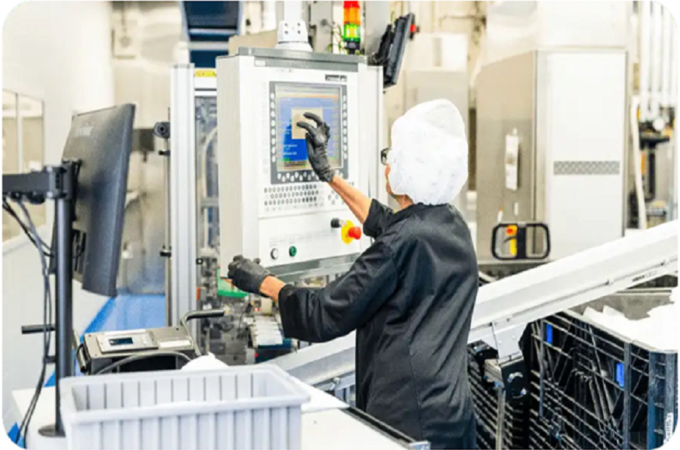
The Benefits of Placental Allografts for Wounds
Wound healing is a complex biological process that requires coordination between cells, growth factors, and extracellular structures. When this process is disrupted—such as in diabetic ulcers, venous leg ulcers, pressure sores, or surgical wounds—healing can slow dramatically or stop altogether. In recent years, a breakthrough innovation known as placental allografts has revolutionized advanced wound care. These biologic grafts harness the body’s natural healing potential to accelerate recovery, reduce inflammation, and promote tissue regeneration.
What Are Placental Allografts?
Placental Allografts are tissue grafts derived from the placenta, specifically the amniotic membrane and chorion layers that surround and protect a developing baby during pregnancy. Once considered medical waste, the placenta is now recognized as a rich source of regenerative tissue because it contains vital biological components such as collagen, growth factors, cytokines, and extracellular matrix proteins.
The placental tissue used for grafts is carefully processed and sterilized under strict medical and ethical standards. Donors are thoroughly screened to ensure safety, and the tissue is preserved in a way that maintains its natural biological properties. When applied to chronic or acute wounds, these grafts act as a biologically active barrier that stimulates the body’s own repair mechanisms.
The Science Behind Placental Allografts
The human placenta has unique regenerative and immunomodulatory properties. It provides structural support and nourishment for fetal development, and these same characteristics translate effectively into wound healing. Placental tissue is non-immunogenic, meaning it does not trigger a strong immune response when transplanted. This makes it an ideal choice for patients who may be sensitive to synthetic grafts or animal-derived materials.
Placental allografts promote healing through several mechanisms:
1. Growth Factor Delivery
Placental tissue is rich in growth factors such as epidermal growth factor (EGF), fibroblast growth factor (FGF), and vascular endothelial growth factor (VEGF). These signaling molecules stimulate cell proliferation, collagen synthesis, and the formation of new blood vessels—key steps in wound healing.
2. Anti-inflammatory Properties
Chronic wounds often remain stuck in a prolonged inflammatory phase, delaying healing. Placental allografts contain cytokines that help regulate inflammation, allowing the wound to progress into the proliferative phase where tissue repair begins. This anti-inflammatory effect can also reduce pain and swelling around the wound site.
3. Protection Against Infection
The natural antimicrobial peptides present in placental tissue inhibit bacterial growth, helping prevent infection—a major barrier to healing in chronic wounds. The physical barrier of the graft also protects the wound bed from external contaminants.
4. Enhanced Cellular Migration
The extracellular matrix (ECM) of the placental tissue provides a scaffold for fibroblasts, keratinocytes, and endothelial cells to migrate across the wound bed. This process facilitates re-epithelialization, in which new skin cells cover the wound surface.
5. Pain Reduction and Comfort
Patients often report significant pain relief after the application of placental allografts. The anti-inflammatory and soothing effects of the tissue reduce discomfort and improve overall wound environment stability.
Clinical Benefits of Placental Allografts for Wound Healing
Faster Healing Times
Multiple studies have shown that chronic wounds treated with placental allografts close more quickly than those treated with standard care alone. In diabetic foot ulcer patients, for example, graft application has been shown to increase the rate of complete closure within 12 weeks.
Reduced Risk of Amputation
For patients with non-healing diabetic ulcers or ischemic wounds, placental allografts can make the difference between limb salvage and amputation. By promoting vascularization and cellular repair, these grafts significantly enhance the body’s ability to restore healthy tissue.
Minimized Scarring
The natural composition of the placental tissue supports orderly tissue regeneration and collagen alignment, leading to less scarring compared to other wound-healing methods. This is especially beneficial in surgical or cosmetic applications.
Fewer Dressing Changes
Because placental allografts remain active for extended periods, they often require fewer dressing changes. This not only improves patient comfort but also reduces healthcare costs and the potential for wound disruption during dressing changes.
Compatibility with Other Treatments
Placental allografts can be safely combined with other wound care strategies, such as debridement, compression therapy, or hyperbaric oxygen therapy (HBOT). When used together, these therapies create a synergistic effect that maximizes healing potential.
Applications in Modern Medicine
Placental allografts are now used in a wide range of medical specialties:
-
- Diabetic Foot Ulcers: Promote faster healing and reduce recurrence rates.
-
- Venous Leg Ulcers: Improve re-epithelialization and vascular health.
-
- Pressure Ulcers (Bedsores): Protect exposed tissue and reduce infection risk.
-
- Surgical Wounds: Support faster recovery and better cosmetic outcomes.
-
- Burns and Trauma: Aid in skin regeneration and minimize pain.
-
- Ophthalmology and Orthopedics: Support corneal and tendon repair.
In wound care clinics, placental allografts are frequently applied as part of an advanced treatment plan when traditional dressings and topical therapies fail to produce results.
Research and Evidence-Based Results
Scientific studies continue to validate the efficacy of placental allografts in wound management. Clinical trials published in journals such as Advances in Wound Care and The Journal of Foot and Ankle Surgery demonstrate that patients treated with placental-derived grafts experience significantly improved healing rates compared to standard care alone. One study showed that patients with chronic diabetic ulcers who received amniotic membrane grafts had a 90% higher likelihood of complete wound closure within 6 weeks compared to control groups.
These results underscore the regenerative power of placental tissue and its ability to modulate inflammation, stimulate angiogenesis, and support healthy cell growth.
Safety and Ethical Considerations
Placental allografts are considered safe and ethically sound. All donors provide informed consent, and the tissue is processed under strict FDA and American Association of Tissue Banks (AATB) guidelines. Each graft is sterilized and tested for transmissible diseases, ensuring a high standard of patient safety.
Because the tissue is naturally immune-privileged, the risk of rejection is extremely low. Most patients tolerate graft placement with minimal discomfort, and the application process is typically performed in an outpatient clinical setting.
Conclusion
Placental allografts represent one of the most promising advancements in regenerative wound care. Their combination of growth factors, structural support, and anti-inflammatory properties provides a natural and effective solution for chronic and complex wounds. By accelerating healing, reducing infection risk, and improving patient outcomes, these biologic grafts are transforming how clinicians approach wound management.
For anyone suffering from a stubborn or slow-healing wound, placental allograft therapy offers a scientifically backed and biologically sound path toward faster recovery and restored health.





